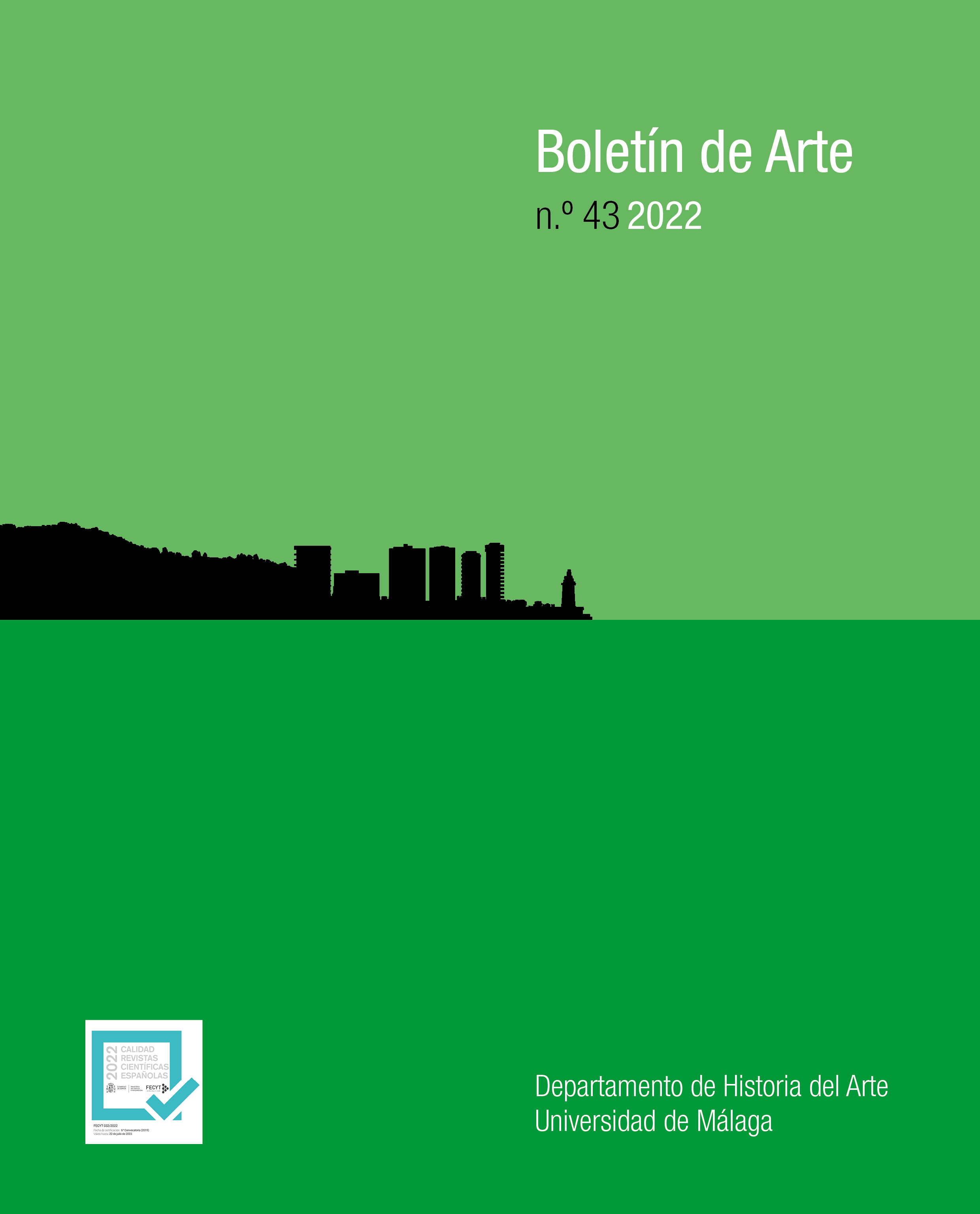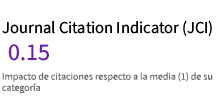Execrable or Exemplary, a Historiographical Debt to the Gender Perspective. The Princesse des Ursins, a Case of Study
DOI:
https://doi.org/10.24310/BoLArte.2022.vi43.15492Keywords:
Historiography; Image; Reputation; Genre studies; Artistic agency; Decorative arts; Princesse des UrsinsAbstract
The contrast between the words execrable and exemplary invites us to consider the way in which some women have transcended in history. In a brief review of the foundations of historiography and the genesis of the notion of artistic agency, we will see how the construction of their image has not only been linked to the extent of their reputation, but also to the lack of understanding about many activities undertaken by them. This article raises the need to further explore the notion of artistic agency in order to understand how some of these women found a framework in which to exert their power in specific artistic fields. The reconsideration of certain figures from a gender perspective is crucial, not only to restitute their image but also to return them to their rightful place in the history of art. The analysis of the case of the Princesse des Ursins is the best example to illustrate this.
Downloads
Metrics
References
AUSLANDER, Leora (1996), Taste and Power Furnishing Modern France, University of California Press.
BERNIER, Olivier (1981), «The Emergence of Power, Madame des Ursins», The Eighteenth-century woman, The Metropolitan Museum, Nueva York.
Bottineau, Yves (1986), El arte cortesano en la España de Felipe V (1700-1746), ed. Fundación Universitaria Española, Madrid.
Boyer, Ferdinand (1931), «Les Tableaux de la Princesse des Ursins à Rome», Bulletin de la Societè de l’Histoire de l’Art Française, pp. 29-37.
BROUDE, Norma y GARRARD, Mary (2005), Reclaiming Female Agency: Feminist Art History After Postmodernism, University of California Press, Berkeley.
CALVI, Giulia (2010), Moving Elites: Women and Cultural Transfers in the European Court System, European University Institute, Florencia.
CASSIDY, Maureen (2007), Fragile Diplomacy. Meissen Porcelain for European Courts ca. 1710-63, Yale University Press.
CERMAKIAN, Marianne (1969), La Princesse des Ursins: sa vie et ses lettres, Didier, París.
Duval, Alexandre (1825), La princesse des Ursins ou La disgrâce, Hautecoeur Martinet.
EDWARDS, Steve (1999), Art and its Histories: A Reader, Yale University Press, Londres.
Elias, Norbert (1985), The Court Society, Blackwell Publishers.
FERNÁNDEZ, Antonio (2022), «La mujer más mala de Europa», La Vanguardia, 7 de Julio.
GUELL, Alfred (1998), Art and Agency: An Anthropological Theory, Clarendon Press, Oxford.
GINNEGAR, Chloe (2014), «Rome Women and Religion, asserting Agency through Decoration» Summer Research Paper 215.
GOULET, Anne-Madeleine (2011), «Le cercle de la princesse des Ursins à Rome (1675-1701): un foyer de culture française», Seventeenth Century French Studies, n.º 33, pp. 60-71.
GOULET, Anne-Madeleine (2014), «The Princesse des Ursins, Loyal Subject of the King of France and Foreign Princess in Rome», Music and Diplomacy from the Early Modern Era to the Present, pp. 191-207.
HANOTIN, Guillaume (2022), «De la réputation à l’histoire: la princesse des Ursins, une figure insaisissable de la société des princes», en La Princesse des Ursins: apprentissage et exercice du pouvoir dans l’Europe de Saint-Simon 49, Cahiers Saint-Simon, Société Saint-Simon, p. 2.
HERNÁNDEZ, Elena (2004), Tendencias historiográficas actuales, Ediciones Akal, Madrid.
JOHNSON, Geraldine (1993), «Pictures fit for a queen: Peter Paul Rubens and the Marie de Medici cycle», Art History, vol.16, pp. 447-469.
MAINTENON Madame de, URSINS Princesse des (1827), The secret correspondence of Madame de Maintenon, with the Princess des Ursins; from the original manuscripts in the possession of the Duke de Choiseul. Vol. III, G. B. Whittaker, Londres.
MAYAYO, Patricia (2003), Historias de mujeres, historias de arte, Cátedra, Madrid.
NOCHLIN, Linda (2021), Why Are There No Great Women Artists, Thames & Hudson ed. 50 aniversario, Londres.
PANOFSKY, Erwin (1955), El significado en las artes visuales, Alianza editorial, Madrid.
PÉREZ SAMPER, María Ángeles (2021), «La influencia de Isabel de Farnesio en la política exterior de Felipe V», en La reconstrucción de la política internacional española: el reinado de Felipe V, Ed. Casa de Velázquez, Madrid, pp. 39-52.
POLLOCK, Griselda (1999), Differencing the Canon. Feminist Desire and the Writing of Art’s Histories, Routledge, Londres.
ROUVROY, Louis (1856), Mémoires de Saint-Simon, vol. 2, Hachette, París.
SAINT-RENE, T. (1926), La princesse des Ursins, Hachette, París.
TICKNER, Lisa (1988), «Feminism, Art History and Sexual Difference» en Genders, n.º 3, The University of Texas Press.
VALERIANI, Roberto (2000), «La Princesse des Ursins e l’ereditá Orsini», en Antologia di Belle Arti, 59-62 pp. 5-29.
WIESNER-HANKS, Merry (2021), Challenging Women’s Agency and Activism in Early Modernity, Amsterdam University Press, Amsterdam.
Downloads
Published
How to Cite
Issue
Section
License
Todos los contenidos publicados en la revista Boletín de Arte están sujetos a la licencia Creative Commons Reconocimento-NoComercia-Compartirigual 4.0 cuyo texto completo puede consultar en <http://creativecommons.org/licenses/by-nc-sa/4.0>

Los/as autores/as cuyas contribuciones sean aceptadas para su publicación en esta revista conservarán el derecho no exclusivo de utilizar sus contribuciones con fines académicos, de investigación y educativos, incluyendo el auto-archivo o depósito en repositorios de acceso abierto de cualquier tipo.
La edición electrónica de esta revista esta editada por la Editorial de la Universidad de Málaga (UmaEditorial), siendo necesario citar la procedencia en cualquier reproducción parcial o total.











4.png)
